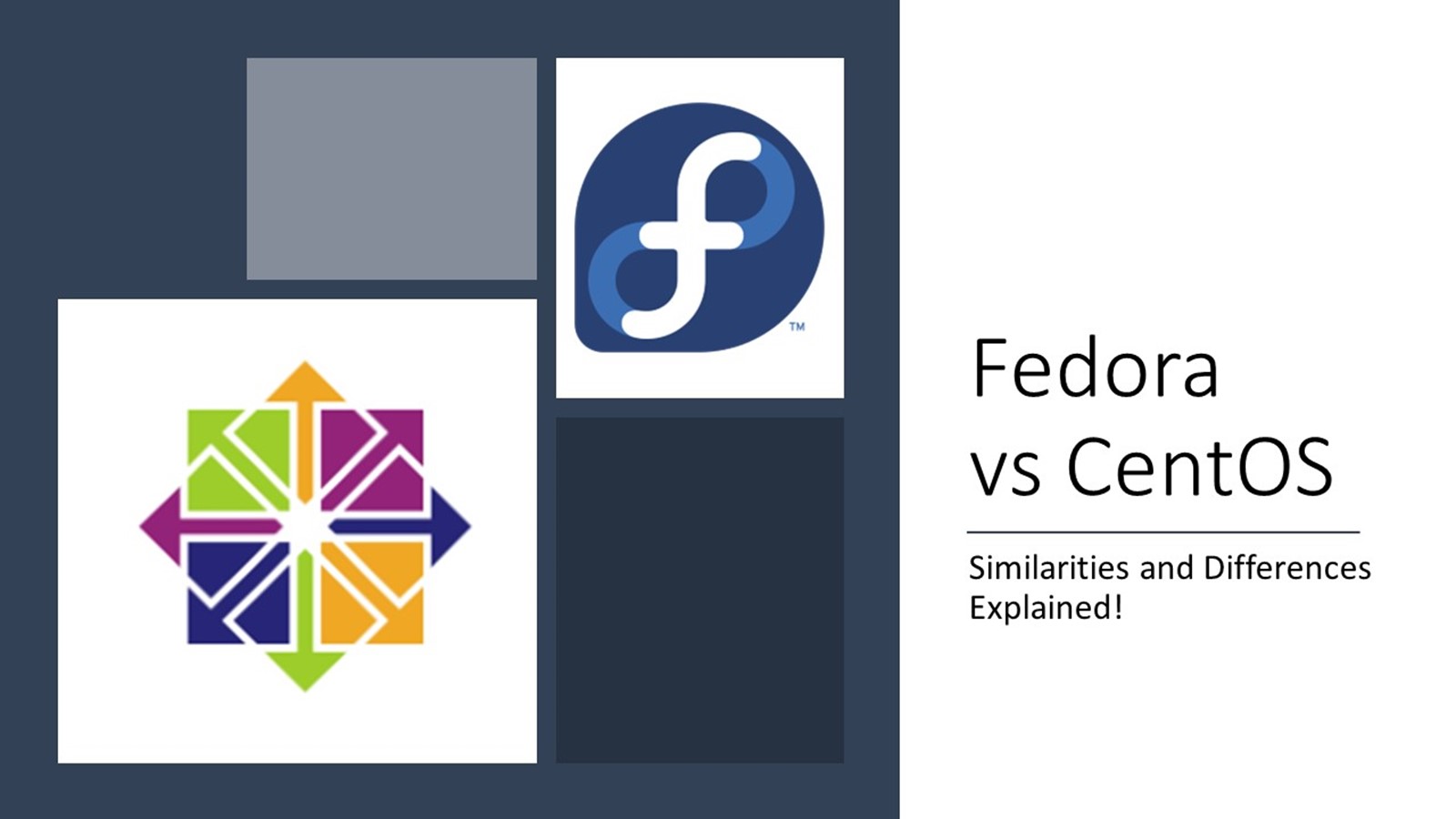

Typically, distributions that pre-install Flatpak also pre-add an unfiltered Flathub, as it is the de-facto and most popular remote. It comes with a heavily filtered variant of Flathub and comes with Fedora Flatpaks, Fedora’s Flatpak remote. Only Ship Unfiltered Flathub by Defaultįlatpak is pre-installed on Fedora Linux. This could also help us reintroduce spins and editions. To reference all of them, we could call them “Fedora Immutable” or “Fedora Atomic”. For Plasma, it could be Fedora Immutable KDE. For example, instead of Fedora Silverblue, it could be Fedora Immutable Workstation, or Fedora Atomic Workstation. To address this, a category that englobes all immutable distributions would not only improve the naming scheme, it would also be easier for users to reference all immutable distributions without needing to enumerate through them. Despite this equivalency, Fedora KDE is a spin, whereas Fedora Kinoite is a whole separate distribution, when it could be a spin instead. For example, Fedora KDE is Fedora Workstation with KDE Plasma instead of GNOME, whereas on the immutable end, Fedora Kinoite is Fedora Silverblue with KDE Plasma. Despite being fundamentally the same, each is treated as an entirely separate project. This lack of a naming convention expands with Fedora KDE Plasma Desktop Edition (or Fedora KDE for short) and Fedora Kinoite for Plasma, Fedora Server and CoreOS for server, and others.įurthermore, with Fedora Silverblue/Kinoite/CoreOS, there is no concept of spins and editions. In reality, “Fedora Silverblue” doesn’t have a clear meaning, and doesn’t even give a hint to users about what it is trying to do or be. The name “Fedora Workstation” conveys what it is intended for, whereas “Fedora Silverblue” doesn’t. On the other hand, Fedora Silverblue is visually the same as Fedora Workstation, with the main difference that it reinvents the Linux desktop paradigm to solve fundamental issues with the Linux desktop. For example, Fedora Workstation uses GNOME and uses the traditional Linux desktop paradigm for managing packages. Similar to Fedora Linux pages, I believe Fedora Linux lacks a naming convention. Luckily, Fedora Kinoite and Fedora CoreOS website maintainers are in favor of unifying hopefully everyone else is on board and we can provide a platform for internal projects. I believe that we should focus on standardizing by unifying the styles and layouts in a single framework, instead of reinventing the wheel with no standardization in mind. This gives the impression that Fedora Silverblue, Fedora Kinoite and Fedora CoreOS are external projects and are barely related to the Fedora Project, rather than official projects endorsed by the Fedora Project. This means there are a total of four entirely different styles and layouts.

Fedora Workstation, Fedora Server and Fedora IoT follow a common style and layout, whereas Fedora Silverblue, Fedora Kinoite and Fedora CoreOS don’t. Standard Styles and LayoutsĪt the moment, many Fedora Linux pages look inconsistent from one another.

In my opinion, Fedora Linux suffers from severe inconsistencies, such as website design and distribution naming scheme, which can be quite daunting to learn from an end user perspective.


 0 kommentar(er)
0 kommentar(er)
